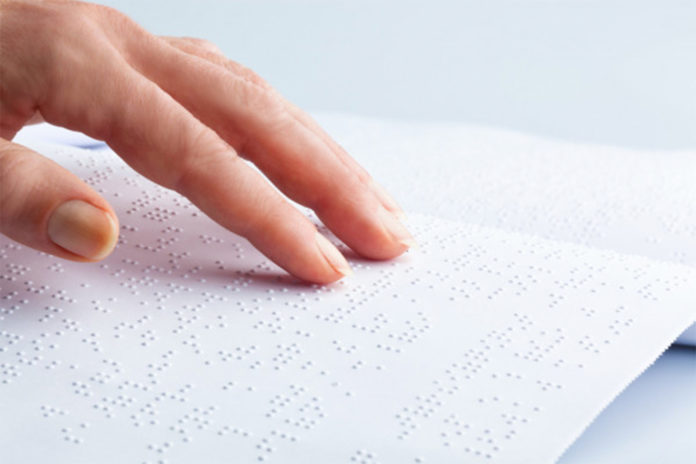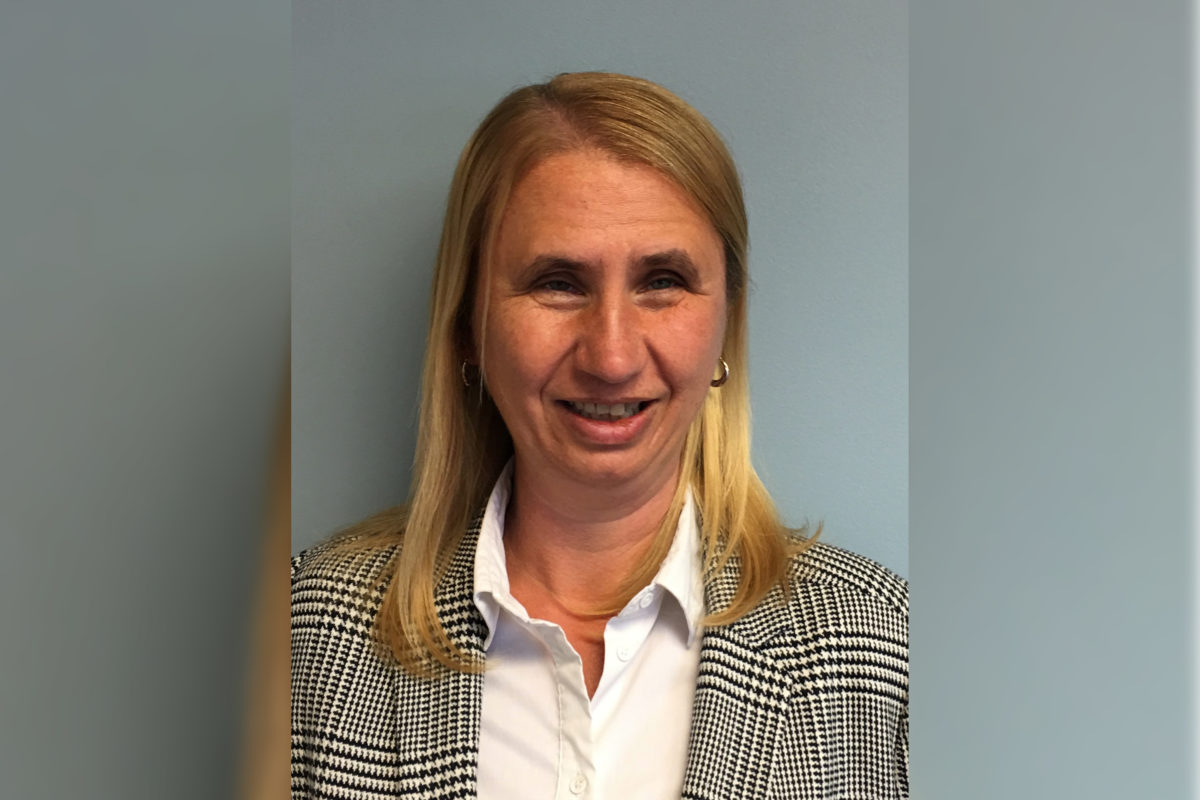

Louise Michaud, a former St. Thomas University student and Yukon Deputy Minister for corporate policy and consumer affairs, said braille had a major impact on her success. She said the biggest obstacle she has as a visually impaired person is the expectations of others.
“People found it difficult to understand how somebody who’s blind could perform at a high level. It’s not that they are patronizing, they don’t know how it can be done because the technology is all new to them,” she said.
Michaud found she had lots of support from the STU faculty before computers were widespread. She remembers how one sociology professor, Sylvia Hale, read aloud and taped the class textbook.
“She read the entire thing and it was a big frickin’ book. She took the time for me.”
She said braille is fun because it comes in many different forms. Her favourite use of braille is the iPhone screen Input app. It enables the screen to display six dots and the user taps different number combinations to spell out words in braille.
Fikru Gebrekidan, a STU history professor, said he thinks it’s important to understand voice technology’s partnership with braille, instead of rendering it obsolete.
Both agree that braille still holds relevance and that visually impaired Generation Z children should be taught young.
“It’s the same as print literacy. Different programs have their own ways of teaching braille,” said Gebrekidan. “They should have some devices that children play with before advanced lessons. You have to make sure you develop your tactile skills.”
He said he learned braille at a young age at school in rural Ethiopia, while Michaud said she learned it through the Canadian education system in elementary school.
“They’re complementary, not supplementary. A computer voice doesn’t really make up for braille,” said Gebrekidan.
He said he uses braille as well as text-to-speech technology. He uses audiobooks for reading but uses braille to proofread so he can catch spelling errors and punctuation.
Gebrekidan’s office is outfitted with an embosser, a special printer that acts like a punch card, which he uses along with his computer.

Michaud said she also uses text-to-speech but agrees that a balance is needed.
“When I’m in meetings and take notes, I use braille. I use the screen input tool when I’m composing emails, or if I’m briefing ministers or [the] cabinet,” she said.
Gebrekidan said people who aren’t braille literate, like sighted teachers, discourage braille when teaching visually impaired children.
Blind students who are not given the opportunity to learn braille are at a disadvantage when they arrive at university, he said.
“They don’t spell very well, because a major part of their literary skill isn’t there, especially if they solely depend on computers to tell them everything.”
